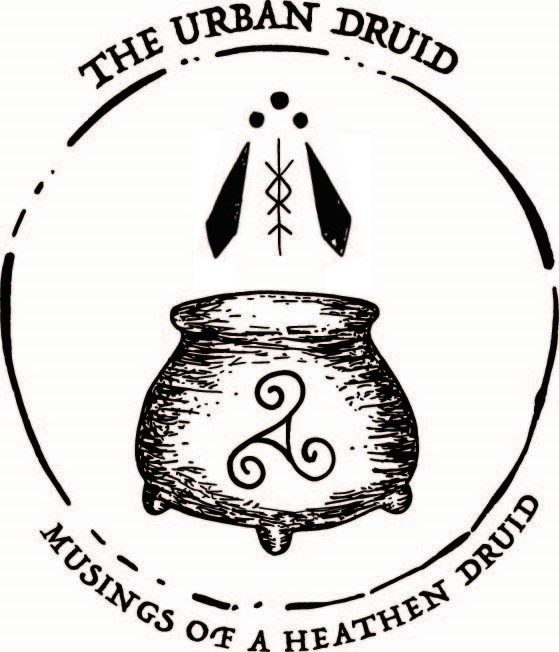A History of Pagan Europe (WC 645)
For my book selection for my Indo-European studies was “A History of Pagan Europe” by Prudence Jones and Nigel Pennick. I feel this was an excellent selection to start off my diving into my dedicant path studies and coursework. Occasionally, some of my other studies revealed a few weak points in Jones and Pennick’s work, but from my own work, they were minor things that didn’t take away from the book. Also, I ended up taking copious amounts of notes from my reading through the book on various subjects from how ancient practices that influence our druidic practices today came to be as well as ancient pagan beliefs, gods and goddesses, as well as worship was performed in the past.
Most of the notes I took were from The Greeks and Eastern Mediterranean chapter concerning Hellenic values and how most of the Hellenic gods started off as gods or spirits of a location before either merging with or being subsumed by other gods or by cultures bringing gods with them as they moved. From my readings, the Greeks had a huge impact on our current ADF practices as well as how even other pagan groups, heathens for example, will look to what we know about the Greeks and Romans to fill in the blanks of god worship.
The Rome and the Western Mediterranean chapter showed how interpretatio romana and their practice of taking culturally and spiritually what appealed to them or worked for them into their practices of all kinds, especially how they imprinted their beliefs onto foreign gods in their conquests. While the Greeks had their hero worship, the Romans had more of a practice of ancestor worship through their cults of the dead. I also enjoyed reading about how their spiritual practices were such a core part of their daily lives in their home and in important public buildings through altars and hearth practices. It was disheartening to read how the Romans’ open acceptance of different religions ended up causing the downfall of their pagan beliefs with how they interacted with Christianity.
In The Celtic World, it was, of course, fascinating to read more about the historic druids and their practices. The practice of worshipping in a nemetona (which I have seen British druids write about in their books) is what we as ADF try to recreate in our own practices. Some of the beliefs such as the immortality of the soul were enlightening. One piece in the Celtic section that was mentioned in other later sections was the concept of the Mothers in pagan practices being triple goddesses.
Since I have been working with a heathen group leading blóts, the Germanic people chapter was insightful with its analysis of how Seithr was performed as well as the Alans being the As or Asii which is where the Aesir Norse gods “came” from. The Alans were excellent traders and such, while the Vanir (more closely tied to the Finns and other Baltic faiths) were closely tied to nature.
The Baltic Lands chapter had a detailed list of the gods, so I jotted them down since they aren’t as easy to necessarily find as one can with the Norse, Greek, or Roman myths.
I also wrote down the gods and goddesses listed in the Russia and the Balkans chapter since they are also not a very well-documented pantheon in what basic searching I’ve done.
Finishing up the book with the chapter on Paganism Reaffirmed, I was more familiar with some of the recent historical developments and attempts at reviving paganism in the past few centuries (including Iolo Morganwg whom they highly respect despite his making up some of his “findings”). The chapter did summarize how the ancient practices came to us today and the struggles of the last century or so.
Overall, very glad I read this book as my Indo-European pagan studies choice.
Jones, Prudence and Nigel Pennick. A History of Pagan Europe: Routledge, 1995.

